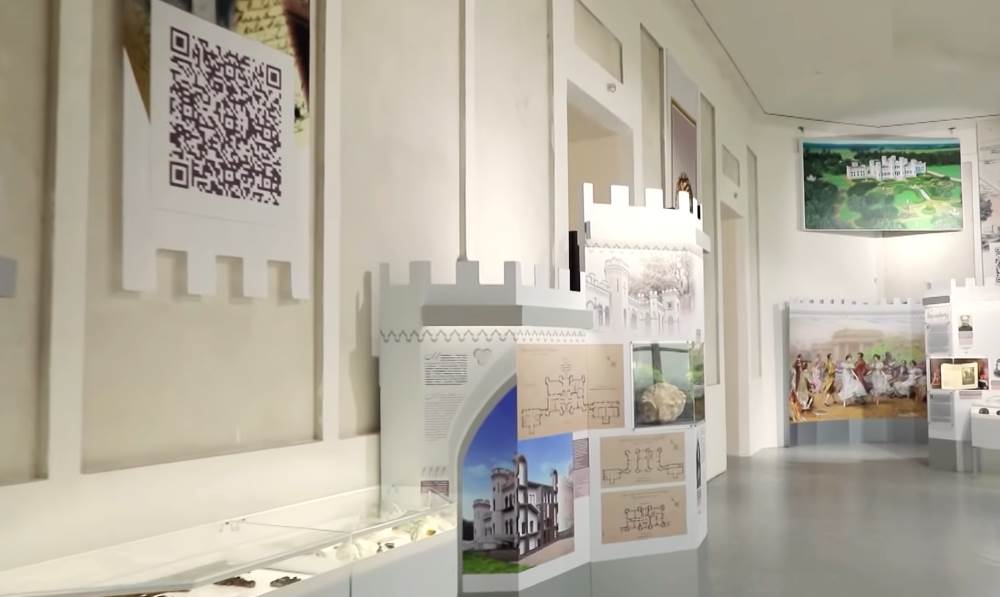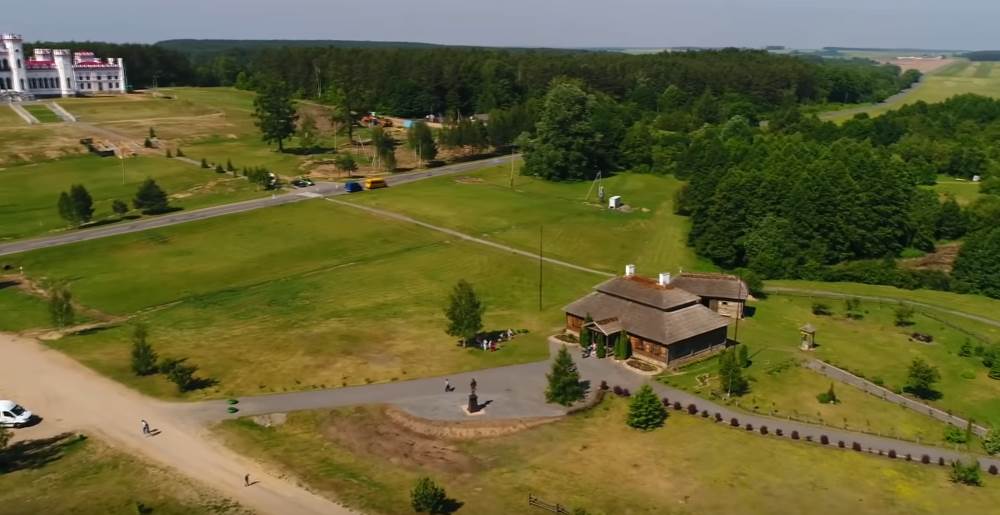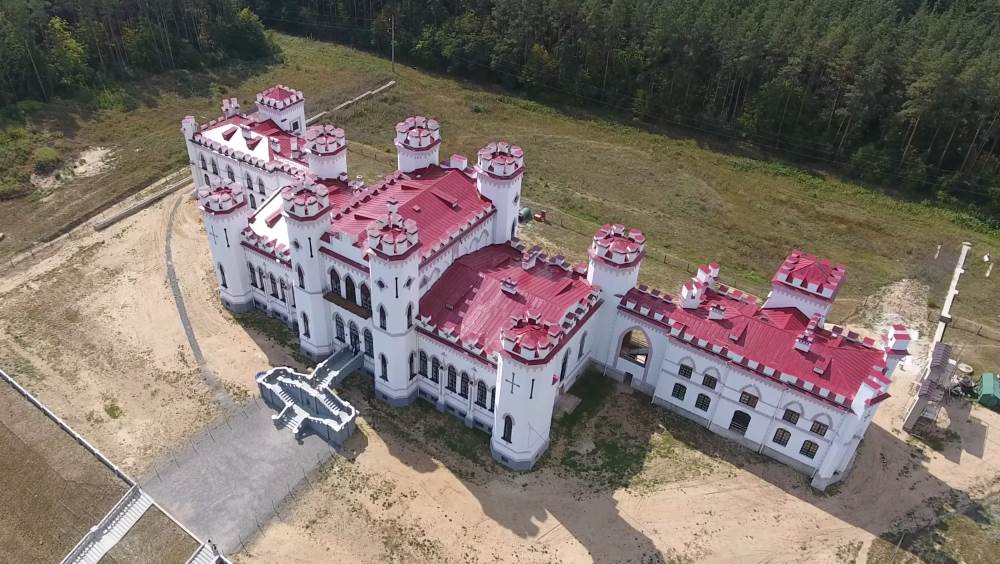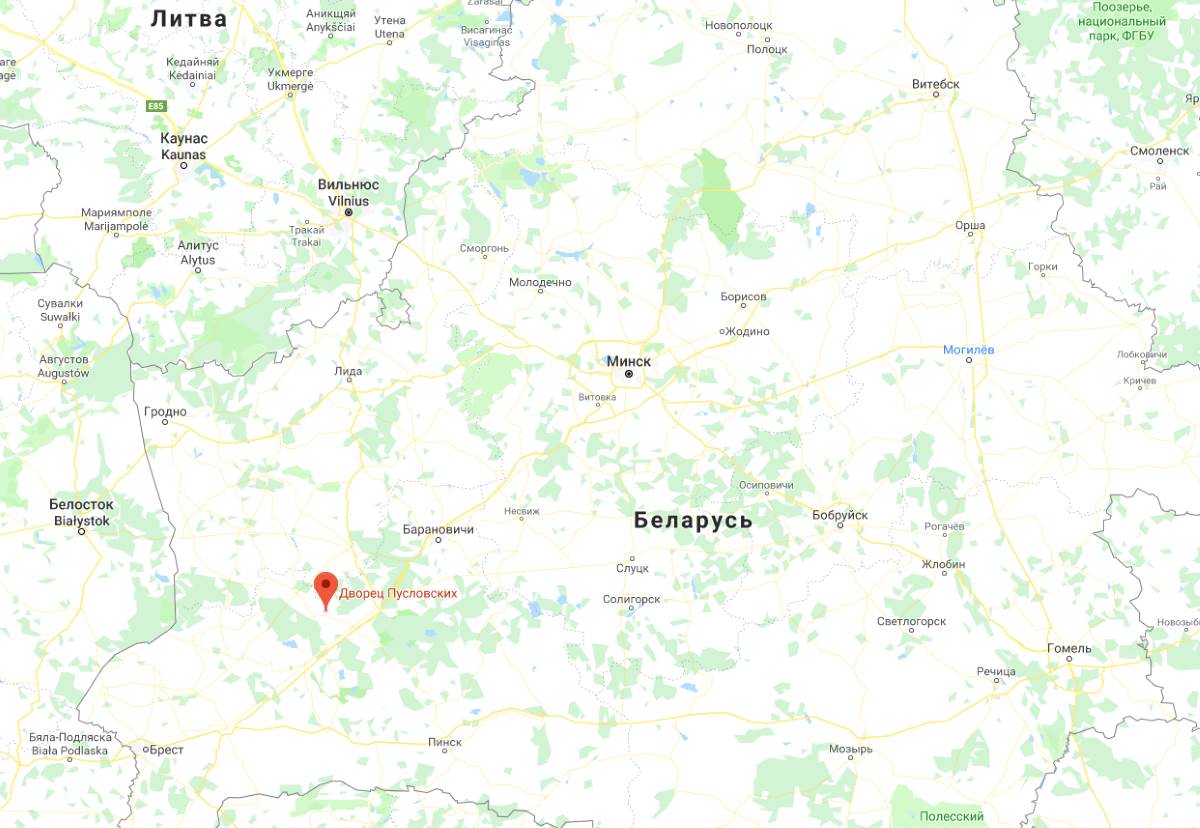Kossovsky Castle (or the Palace of the Puslowskis) is located in the town of Kossovo, Brest region of Belarus. Today it is partially ruined, but a UNESCO commission has allocated $50,000 for the reconstruction and restoration of this historical and cultural monument.
Kossovsky Castle on the map of Belarus
Experts from UNESCO believe that Kossovsky Castle has excellent prospects of becoming a tourist attraction of national importance. At present, the restoration work has already begun.
History of Kossovsky Castle
The Puslowski Palace in Belarus was built in the town of Kossovo in the 1930s. These lands belonged to local noble families for many centuries, until they were purchased by Casimir of Puslowski.
This enterprising landowner built a carpet factory in Kosovo, restored or erected several Christian churches, and then set about building a castle. Later it was continued by his son Vandalin, designed by the architect Jaszczold of Warsaw.
Around the Puslowski Palace today you can see an overgrown park once in the English style. Interestingly, nearby is an ancient manor house, where in the mid-18th century was born Tadeusz Kosciuszko, the leader of the Polish liberation movement.
Many famous people of that time visited Kossovsky Castle: the writer Sienkiewicz, historian Lastowski, Marshal Piłsudski and others. But the next owner of this palace sold it for gambling debts. The Palace of Puslovsky was bought by Princess Trubetskoy.

Later it changed hands several times until it was looted at the very beginning of WW1. All the valuables were taken abroad, and the beautiful garden and greenhouse were almost completely destroyed.
After the revolution and the civil war in Russia, these territories belonged to Poland. The castle was restored and was the seat of the local administration. And on the eve of WW2 here again Russia.
At the very beginning of the war, several Jewish ghettos were housed in Kossowski Castle, where all the Jews in the area were exterminated. At the end of the war during the fighting with the Nazis partisans burned the palace of Puslowski almost to the ground.
After the war, the Soviet authorities tried to organize a children’s home here, but later the building began to crumble and was abandoned, the area around it was planted with pine forests to cover the ruins.
The architecture of Kosovo Castle
At the time of the construction of the Puslowski Castle, classical palaces and parks had become rather tiresome, so architect Jaszczold, when compiling the project, preferred the medieval Gothic style, widely represented in Poland.
The entire area on which the castle complex is located, occupies 40 hectares. It includes a huge artificial hill, on which stands a castle, three porticos, as well as terraces, a park, garden and a large pond with an island in the middle.
The palace has a geometrically regular shape: in the center – a two-story building, on the sides – two one-story wings with Gothic lancet arches. The jagged towers give this castle a fairy-tale feel. But it has a classic layout.
Interiors

The palace had more than 130 halls and rooms, with each room having its own original decor. The main White Hall is made in the Gothic style, and painted it the famous artist Zhmurko.
One of the wings of the castle was a huge library, which contained at least 10,000 books. In the other wing were the sleeping quarters. The castle had a corridor system, which especially illuminated the rooms.

In the White Room, decorated with tiles, balls were held, in the Black Room the gentlemen played whist, in the Pink Room the public listened to classical music, etc. They were decorated with Asian carpets, marble in different colors, and sculptures.
Supposedly, upstairs in the Parade Hall under the glass floors was organized a large aquarium in which amazing tropical fish swam in silence and a variety of algae grew.
Garden at Kosovo Castle
The beautiful Italian Renaissance garden was designed by the architect Jaschold when the palace was built. It was organically integrated into the park, which was formerly part of General Kosciuszko’s manor.
Previously, the garden was home to many unique plants collected in Europe and imported from other continents. For especially rare exhibits, a greenhouse was set up with special year-round heating for tropical flora.

The unique garden, connecting with Kosciuszko Park, descended from the palace to the artificial ponds, where on summer days all the local high society gathered to listen to music and go boating.
A Catholic chapel was erected west of the ponds. You can also see the kitchen and stables on the west terrace; they were intended to serve the community in the summertime. Nearby was an orchard and a gardener’s cottage.
On the terraces around the ponds were built fountains with large bowls, and in the park – installed many sculptures in the ancient Greek style, the banks of the ponds today abundantly overgrown with willows.
The current state of Kossovsky Castle
Despite the current ruins, Kossovsky Castle attracts many architectural experts and simply holidaymakers. The restorers have been working here for at least ten years. Today, millions of Belarusian rubles are spent on the restoration of the castle.
Hundreds of cubic meters of garbage were removed from the Pushlovskys’ palace in Belarus, the foundation was waterproofed to prevent its further destruction, and a modern infrastructure was installed: water, electricity and sewage.

The palace has reconstructed its interior walls and windows, and work is underway on the central facade. Landscape restorers plan to reconstruct the garden and greenhouse, planting trees, shrubs and flowers.
In the future the Puslowski Castle in Kosovo is planned to use in the tourism business. It will operate a hotel and a first-class restaurant with quality cuisine.
There is an opinion that it would be right to organize a registry office in the palace.
Legends of Kossovsky Castle
- There is a legend that the owners of this castle kept a lion to protect it. They let the lion out at night, and it roamed the neighborhood, scaring passersby at night, and returned home in the morning. It looks like a Baskerville dog.
- There is also a legend about a secret underground passage, common to many ancient castles. It is a move from Kossovsky Castle to the Sapieha Castle in Ruzhany, a length of 20 km. It takes an hour by horse-drawn carriage from one end to the other.

